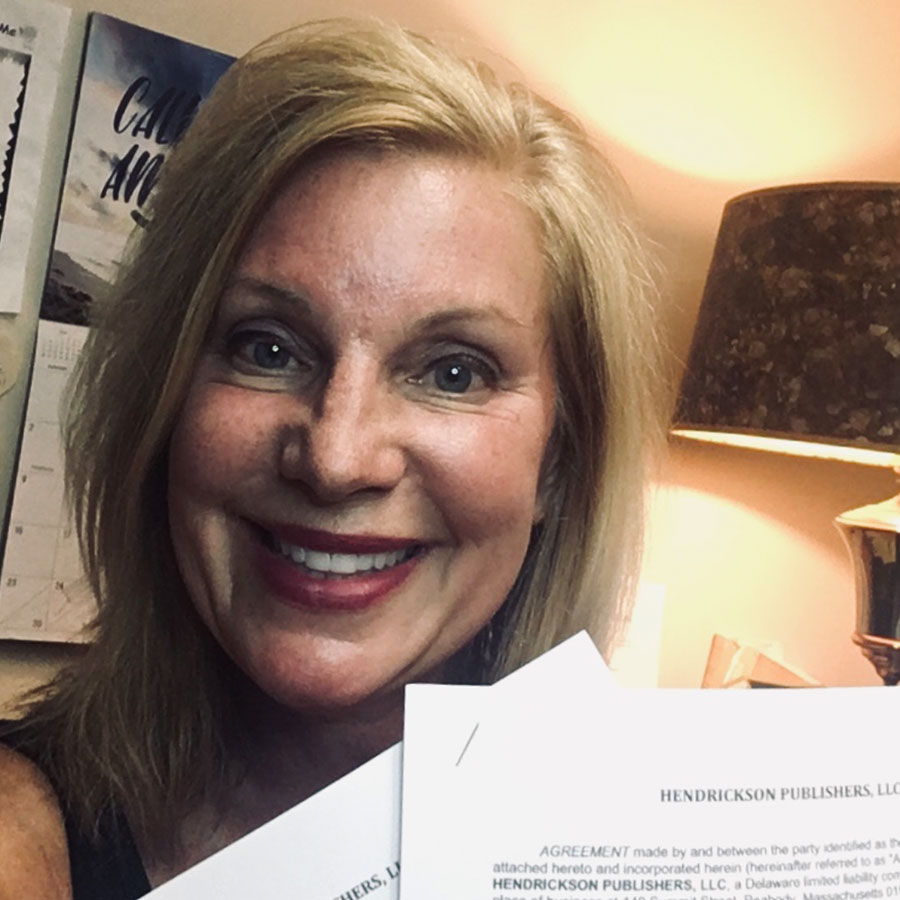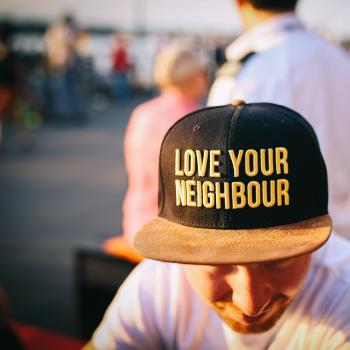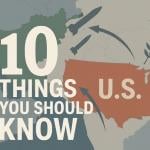
But the wisdom from above is first pure, then peaceable, gentle, open to reason, full of mercy and good fruits, impartial and sincere. And a harvest of righteousness is sown in peace by those who make peace.
“I know that every good and excellent thing in the world stands moment by moment on the razor-edge of danger and must be fought for…”
Thornton Wilder
When we consider making peace with someone, what thoughts rise to the surface? Often it’s a painful mix of specific tense, disagreeable memories lingering in our minds and those still emotionally charged exchanges that we recall first. Unconsciously, we stiffen. Something inside of us resists the notion that it just may be our responsibility to take the lead and seek another’s pardon. No doubt about it, going after peace when it’s been misplaced is a gutsy, courageous endeavor. It’s also a journey to be tread with great forethought and care. But, oh, so needed and rarely achieved without some personal sacrifice.
We Have To Fight For Peace
But there’s another type of peace that gets pushed aside and ignored. This version of peace not only requires internal fortitude, it comes part and parcel with a risk the majority of people are unwilling to take. Possible rejection. Loss of relationship. Misunderstanding. Turn the table accusation. Even so, this formidable peace is not up for debate. The peacemaking process is essential, foundational and offers mutual protection on many levels. Yes, when required, this kind of peace can even save lives.
Relational Restoration Is Possible
Some might term it intervention; others might recognize this proactive process as restoration. Whatever the term, interceding on another’s behalf and for their long-term welfare is an act of truest friendship. It is a robust and practical way to demonstrate genuine care and every person needs at least one other individual who they know will be brave enough to take on this role of rescue when necessary.
Unfortunately, people mistakenly assume that peace is an entity to be had at any price (that it is the end goal), but it just isn’t so. This feeble definition is shortsighted at best. To assume the attitude that simply keeping quiet over a difficult (destructive) matter is the most caring route to take, just does not cut it. So what does real peacemaking look like when someone you care for is addicted to drugs, alcohol, over-spending, career obsession, etc…?
We Must Learn To Protect And Nurture Relationships
According to author of the book The Peacemaker, Ken Sande, peacemakers see the long view of another’s damaging actions and attitudes and must be willing to take several proactive steps to offer a healthier way. Sande writes that peacemaking includes speaking conversationally with someone by “encouraging self-control, asking questions, clarifying facts and offering tangible help.” The purpose is always to draw a person back from a place of danger. This is the kind of peacemaking that must be fought for, protected and nurtured. Let’s face it. We all need others to help us make peace with those things we are unable to either let go of – or take hold of – on our own. Life can be a battle…let’s fight for each other…peaceably.
Fighting For Peace
- Define the term peace. Recognize that being peaceable often means gentle confrontation that only wants what is best for another person.
- Define the long-term goal of peace. Realize that working through difficult personal issues frequently takes time and during that “in-between” period, necessary tensions might be part of the process.
- Define what it looks like to be both a peacemaker and the person on the receiving end of someone else’s efforts at making peace. Learn to act as the initiator of peace and learn to humbly accept the position of being recipient of another’s instruction.













